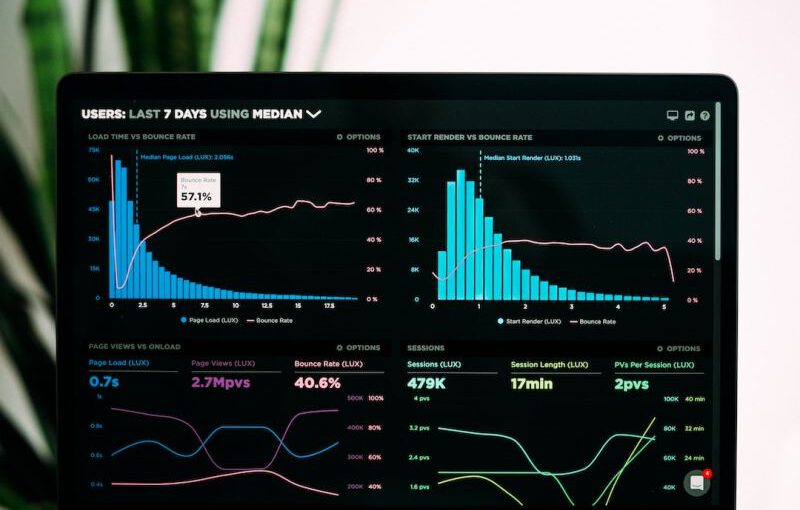Identify Bottlenecks
When a website is experiencing high traffic, the first step in optimizing its performance is to identify any bottlenecks. A bottleneck occurs when the capacity of a system is exceeded, causing parts of the system to slow down or even stop working. Network and server bottlenecks can cause slow page loading times and poor user experience, so it’s important to identify and address any bottlenecks quickly.
One way to identify bottlenecks is to use a monitoring service that tracks the performance of the server and network. This type of service will provide detailed reports that show which parts of the system are being overloaded, as well as any errors that could be causing a slowdown.
Utilize Caching
Caching is an important tool for increasing the performance of high-traffic sites. By storing frequently accessed content in memory, caching can reduce the amount of time it takes to load a page. This can help reduce page loading times and make the site more responsive.
Caching can be implemented in a variety of ways. Content Delivery Networks (CDNs) are a popular solution for caching static content, such as images and videos. For dynamic content, such as user data, object caching can be used to store and retrieve data more quickly.
Implement Load Balancing
Load balancing is an important tool for optimizing server performance. By distributing the load of incoming requests across multiple servers, load balancing ensures that no single server is overwhelmed by the traffic. This can help ensure that all requests are processed quickly, and can reduce the risk of server failure.
Load balancing can be implemented using a variety of methods. For example, DNS-based load balancing distributes incoming requests to multiple servers configured with the same domain name. Hardware-based load balancers can also be used to distribute traffic more effectively.
Monitor and Tune Performance
Once the server is optimized, it’s important to monitor the performance of the system and make any necessary adjustments. By regularly monitoring the performance of the server, it’s possible to identify any potential issues early, and make adjustments before they become a problem.
For example, it’s important to keep an eye on the CPU, memory, and disk usage of the server. If any of these components are being used more than they should be, it could indicate a problem that needs to be addressed. Additionally, it’s important to monitor the network performance to ensure that the server is not being overwhelmed by traffic.
By regularly monitoring and tuning the performance of the server, it’s possible to keep the system running at peak efficiency. This can help ensure that the site is able to handle high traffic without any issues.
In conclusion, optimizing the performance of a server for high traffic sites requires careful monitoring and tuning. By identifying bottlenecks, utilizing caching, implementing load balancing, and regularly monitoring and tuning performance, it’s possible to ensure that the server can handle high traffic without any issues.





